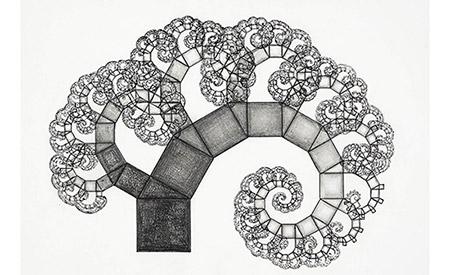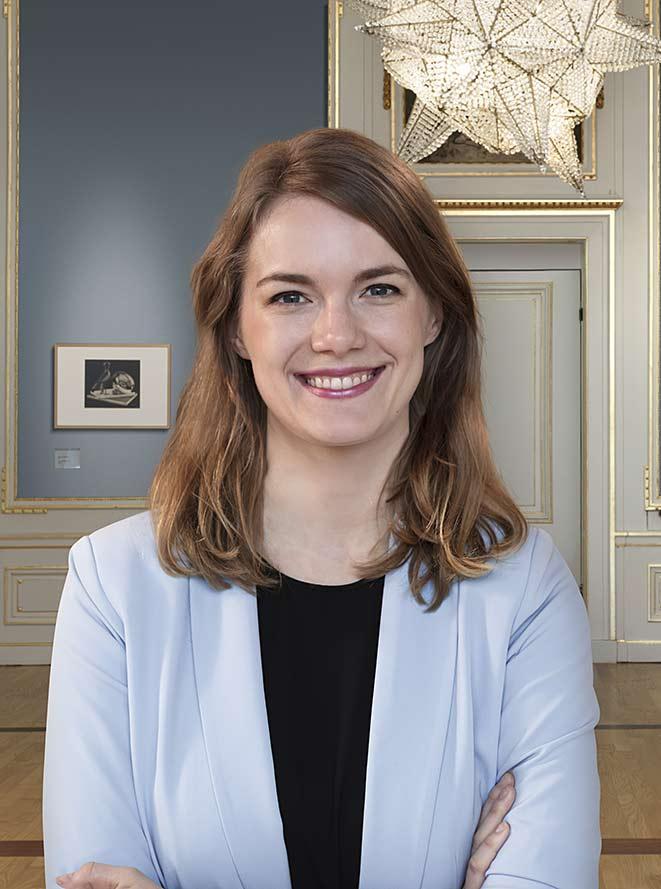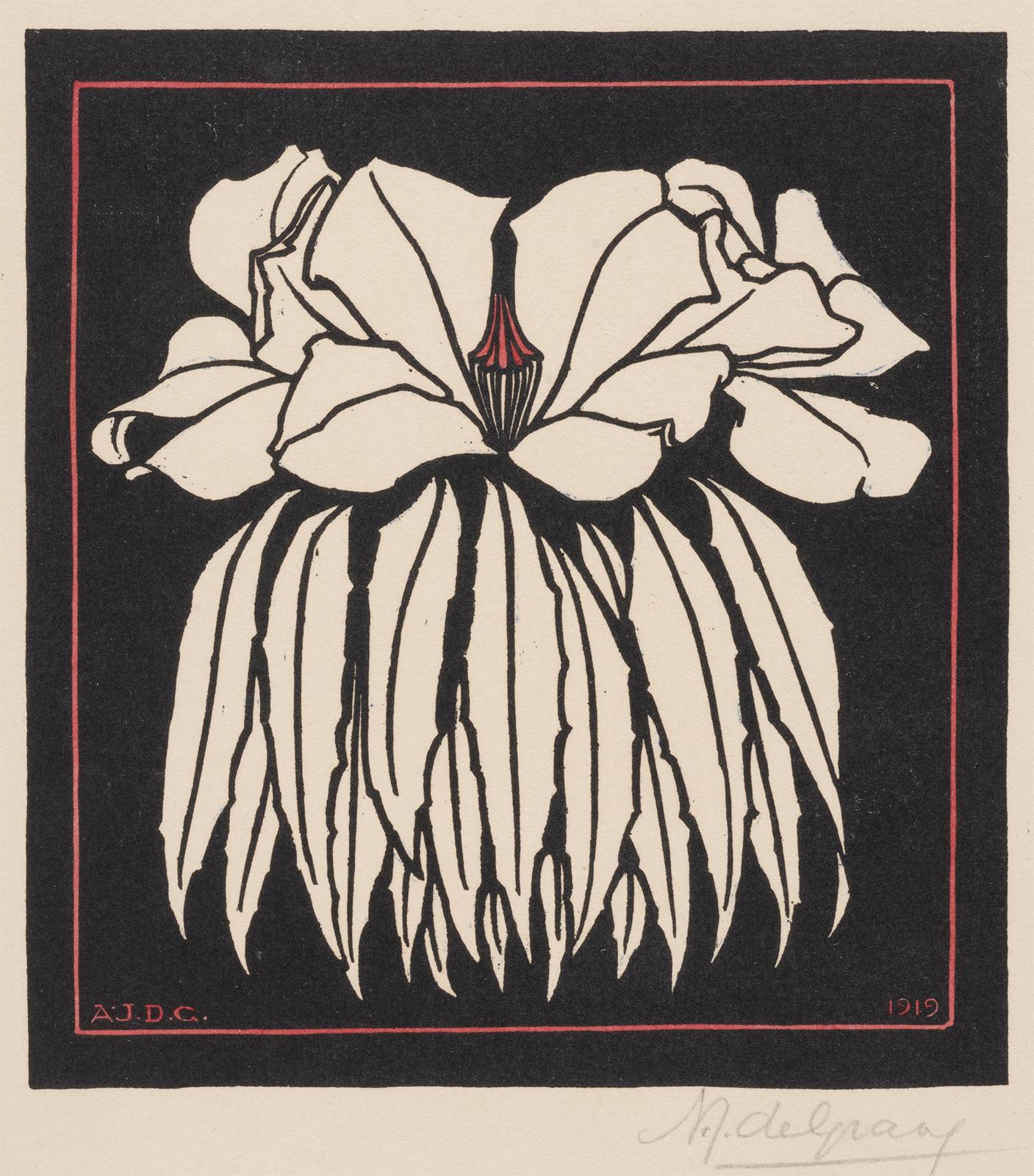According to Escher’s inscription, this scratched lithograph is the only copy. It could be that only one print was made because Escher had limited access to a lithography stone, or because he did not want to take the stone with him on his entire trip. Why he chose this moment to develop his sketch of this particular church in Rome we can only guess. It could be that he was missing Italy, now he no longer lived there. In 1935 he had moved to the Swiss village of Château-d'Oex, where he did not feel at home. The Italian weather, its people and natural environment were more appealing to him. When I visited Santi Giovanni e Paolo in February 2024, it looked to me like a location that would suit Escher. It is close to the Colosseum, but at the same time it is also a quiet, green spot, located on the Caelian Hill near Villa Celimontana. The basilica has an ornate baroque interior, which was not really to Escher’s taste, but its exterior architecture is more sophisticated. It is dedicated to Saint John and Sain Paul, two fourth-century martyrs. The basilica was built in the year 398 and has a turbulent history, having been destroyed and rebuilt several times. Escher chose to focus in his drawing and prints on the Roman red-brick belltower added centuries later. The arches and columns are the type of element that Escher found interesting. They feature in many of his early Italian prints, and prefigure his later optical illusions like Other World (1947) and Convex and Concave (1955).
Ten years after this lithograph was made, in May 1946, Escher produced the mezzotint Dusk. It was the first of eight mezzotints that he would make between 1946 and 1951. It was Louis Lebeer, a Belgian curator who purchased work by Escher for the print room at the Royal Library of Belgium, who drew his attention to this technique. The mezzotint technique, which was developed in the 17th century, is also known as ‘black art’, because of the rich, velvety depth of black achieved, and also because the process works from dark to light. At the bottom of the sheet, Escher refers to the technique used to create Dusk, calling it a ‘zwartekunstprent’ (‘black art print’). The technique was a stimulating challenge for Escher, and he took it up with great enthusiasm, making a further three mezzotints that year. It is understandable that he would choose a familiar image for his very first mezzotint, as it allowed him to focus on mastering the complex technique, without having to think too much about the image itself.












